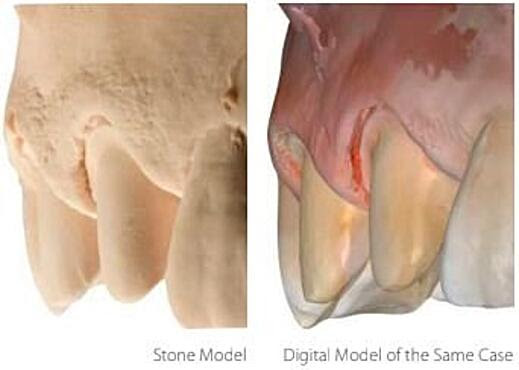 Dr. Gyeongan Joe performed a case study titled "How to secure subgingival margin in restorative crown therapy using an intraoral scanner" with the Medit i500.
Dr. Gyeongan Joe performed a case study titled "How to secure subgingival margin in restorative crown therapy using an intraoral scanner" with the Medit i500.
Dentists put in a lot of effort to ensure precision in tooth preparation, isolated margins, and in the selection of appropriate impression materials, with the aim of acquiring the best impression in restorative crown therapy. These efforts form the basis in order to get the best restoration fit as well as to reproduce the most accurate physiological shape which are critical factors in restorative therapy.
The clinical use of intraoral scanners has been effective in various areas, and this is expected to increase. In order for the intraoral scanner to be effectively used in the fabrication of definitive prosthesis, it is necessary to improve the precision through the development of intraoral scanners, but we also need to overcome the limitations of the current digital scanner.